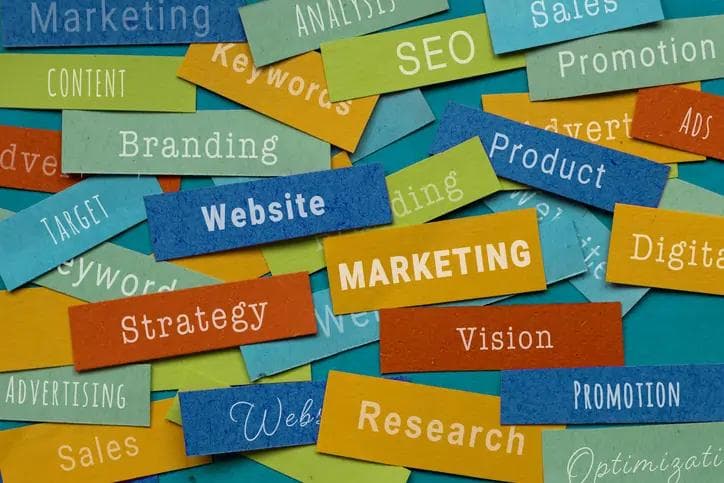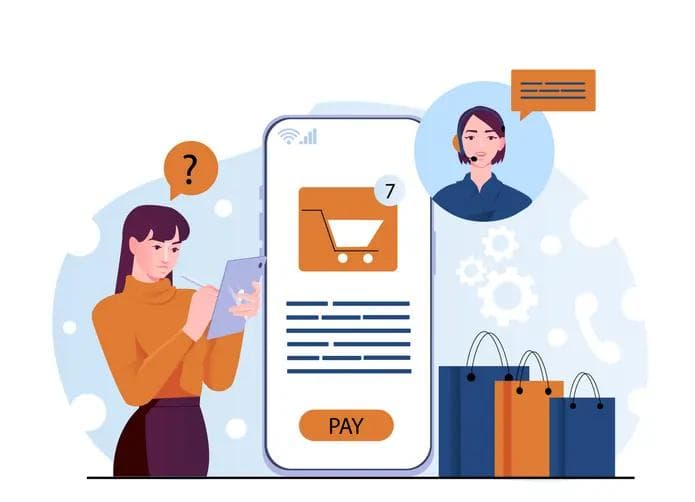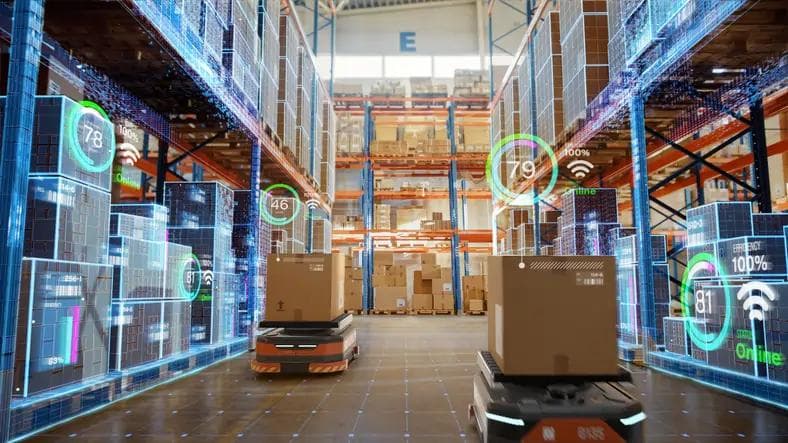Redefining Employee Engagement: The 2025 Workplace Evolution
Redefining Employee Engagement: The 2025 Workplace Evolution
Published by Wanda Rich
Posted on February 4, 2025

Published by Wanda Rich
Posted on February 4, 2025

Employee engagement continues to be a cornerstone of organizational success, evolving alongside workplace dynamics. As we enter 2025, companies are embracing new strategies that blend innovation, empathy, and strategic foresight to foster a more motivated and connected workforce. From gamification to flexible work structures and well-being initiatives, organizations are redefining how they engage and support employees in an ever-changing environment.
Gamification: A New Era of Motivation
Gamification has become a buzzword in the corporate world, but its application in employee engagement is both innovative and impactful. By integrating game-like elements into everyday work processes, companies are not only making tasks more enjoyable but also driving competition and collaboration. For instance, sales teams might use leaderboards to track performance, offering rewards for top performers. This approach taps into the intrinsic motivation of employees, encouraging them to strive for excellence. Moreover, gamification can be tailored to fit various departments, ensuring that the engagement strategy aligns with specific team goals. As Hppy notes, these initiatives are proving to be a powerful tool in enhancing employee engagement.
Gamification also extends beyond traditional work tasks. Companies are using it to enhance training programs, making learning more interactive and engaging. By incorporating elements such as quizzes, challenges, and virtual rewards, employees are more likely to retain information and apply it in their roles. This not only improves skill development but also fosters a culture of continuous learning and improvement.
The Shift to Flexible Work Structures
The COVID-19 pandemic accelerated the adoption of flexible work structures, and this trend shows no signs of slowing down. Companies are increasingly recognizing the benefits of hybrid work models, which combine the best of both remote and in-office work. This flexibility allows employees to tailor their work environment to their personal needs, leading to increased job satisfaction and productivity. Furthermore, flexible work structures can help organizations tap into a global talent pool, as geographical barriers become less relevant. As highlighted by Hppy, this shift is a key driver of employee satisfaction, as it empowers individuals to balance their professional and personal lives more effectively.
Flexible work structures also promote diversity and inclusion by accommodating different lifestyles and needs. For example, parents can better manage childcare responsibilities, while individuals with disabilities may find remote work environments more accessible. This inclusivity not only enhances employee satisfaction but also broadens the talent pool, allowing companies to benefit from diverse perspectives and experiences.
Crafting Interesting Work Setups
Monotony is the enemy of engagement. To combat this, HR departments are focusing on making work more interesting and meaningful. This involves redesigning roles to include a variety of tasks and challenges that keep employees engaged. For example, a marketing role might include opportunities for creative input, data analysis, and strategic planning, ensuring that employees are constantly learning and growing. Additionally, providing opportunities for cross-departmental collaboration can expose employees to new perspectives and skills, further enhancing their engagement. As noted by Hppy, creating a stimulating work environment is crucial for retaining top talent.
Moreover, companies are investing in career development programs that allow employees to explore different roles and responsibilities within the organization. This not only helps employees find their passion but also ensures that they are continually challenged and motivated. By aligning individual career goals with organizational objectives, companies can foster a sense of purpose and commitment among their workforce.
Prioritizing Employee Well-being and Recognition
In today's fast-paced work environment, employee well-being is more important than ever. Companies are implementing comprehensive wellness programs that address physical, mental, and emotional health. This might include offering gym memberships, mental health days, or access to counseling services. Additionally, regular recognition of employees' achievements is essential for maintaining motivation and morale. This can be achieved through formal recognition programs or informal shoutouts during team meetings. As reported by Quixy and Diversity Resources, these initiatives are vital in fostering a positive work environment where employees feel valued and supported.
Recognition programs are evolving to be more personalized and frequent. Instead of annual awards, companies are implementing real-time recognition platforms that allow peers and managers to acknowledge contributions instantly. This immediacy reinforces positive behavior and encourages a culture of appreciation. Furthermore, recognition is being tied to company values, ensuring that employees are rewarded for behaviors that align with organizational goals.
Technology Integration: A Double-Edged Sword
Technology plays a pivotal role in modern employee engagement strategies, offering tools for communication, collaboration, and performance tracking. However, it also presents challenges, particularly concerning privacy and the potential for micromanagement. Companies must navigate these challenges carefully, ensuring that technology enhances rather than hinders the employee experience. For example, using AI-driven analytics to provide personalized feedback can be beneficial, but it must be done transparently to avoid feelings of surveillance. As discussed by Quixy, striking the right balance is essential for leveraging technology effectively.
The use of technology extends to virtual reality (VR) and augmented reality (AR) in training and development. These technologies offer immersive experiences that can enhance learning and engagement. For instance, VR simulations can provide hands-on training in a safe and controlled environment, while AR can overlay digital information onto the physical world, offering real-time guidance and support.
Digital Boards for Gratitude
Creating a culture of appreciation is crucial for employee engagement, and digital boards for gratitude offer a simple yet effective solution. These platforms allow employees to publicly acknowledge their colleagues' contributions, fostering a sense of community and belonging. This peer-to-peer recognition can be more impactful than traditional top-down recognition, as it highlights the value of teamwork and collaboration. As suggested by Vantage Circle, digital boards for gratitude are an excellent way to build a positive work culture.
Digital boards can also be integrated with social media platforms, allowing employees to share their appreciation with a broader audience. This not only boosts morale within the organization but also enhances the company's reputation as a supportive and inclusive employer.
Celebrating Diversity and Inclusion
Diversity and inclusion are not just buzzwords; they are essential components of a thriving workplace. Celebrating events like Black History Month or International Women's Day can enhance cultural awareness and foster an inclusive environment. Partnering with Employee Resource Groups (ERGs) to host events or discussions can provide valuable insights and promote understanding among employees. As highlighted by Diversity Resources, these initiatives are crucial for creating a workplace where everyone feels valued and respected.
In addition to cultural celebrations, companies are implementing diversity training programs that educate employees on unconscious bias and inclusive practices. These programs are designed to create a more equitable workplace where diverse perspectives are not only welcomed but actively sought out.
Wellness Initiatives and Challenges
Wellness initiatives are a cornerstone of employee engagement strategies, promoting physical and mental health. Companies are increasingly offering wellness challenges that encourage employees to adopt healthier lifestyles. These challenges might focus on fitness, nutrition, or mindfulness, providing a holistic approach to well-being. Additionally, hosting wellness seminars or providing resources for health screenings can further support employees' health goals. As noted by Diversity Resources, these initiatives are essential for maintaining a healthy and engaged workforce.
Wellness programs are also becoming more personalized, with companies using data analytics to tailor initiatives to individual needs. For example, wearable technology can track physical activity and provide personalized recommendations, while mental health apps can offer tailored support and resources.
Hybrid-Friendly Engagement
As hybrid work models become more prevalent, ensuring that engagement activities are accessible to both onsite and remote employees is vital. This might involve using digital platforms to host virtual events or ensuring that all communications are inclusive of remote workers. By acknowledging the diverse needs of the workforce, companies can foster a sense of belonging and inclusivity. As discussed by Diversity Resources, hybrid-friendly engagement strategies are essential for promoting a cohesive and engaged workforce.
Hybrid engagement strategies also include creating virtual spaces for informal interactions, such as virtual coffee breaks or online social events. These initiatives help maintain team cohesion and ensure that remote employees feel connected to their colleagues and the organization.
As organizations continue to adapt to evolving workplace expectations, employee engagement remains at the heart of long-term success. By embracing innovation, fostering inclusivity, and prioritizing well-being, companies can create environments where employees feel valued, motivated, and connected. The future of work is not just about technology or flexibility—it’s about building meaningful experiences that empower employees to thrive. In 2025 and beyond, businesses that invest in engagement will not only enhance productivity but also cultivate a resilient and committed workforce.
Explore more articles in the Business category











